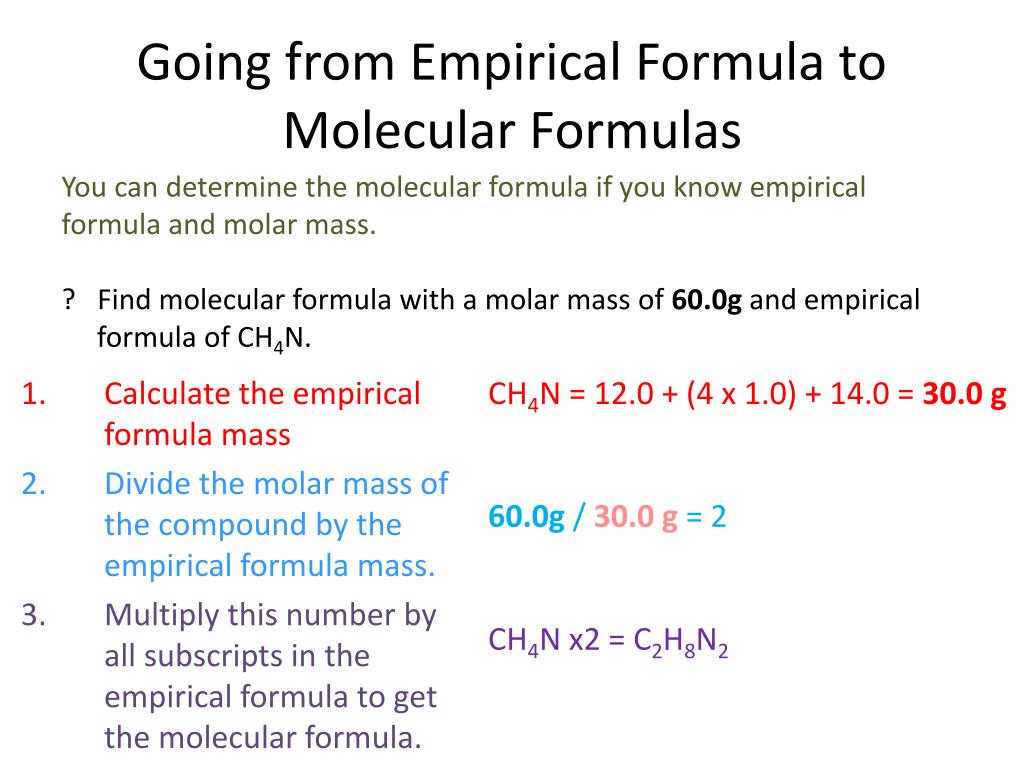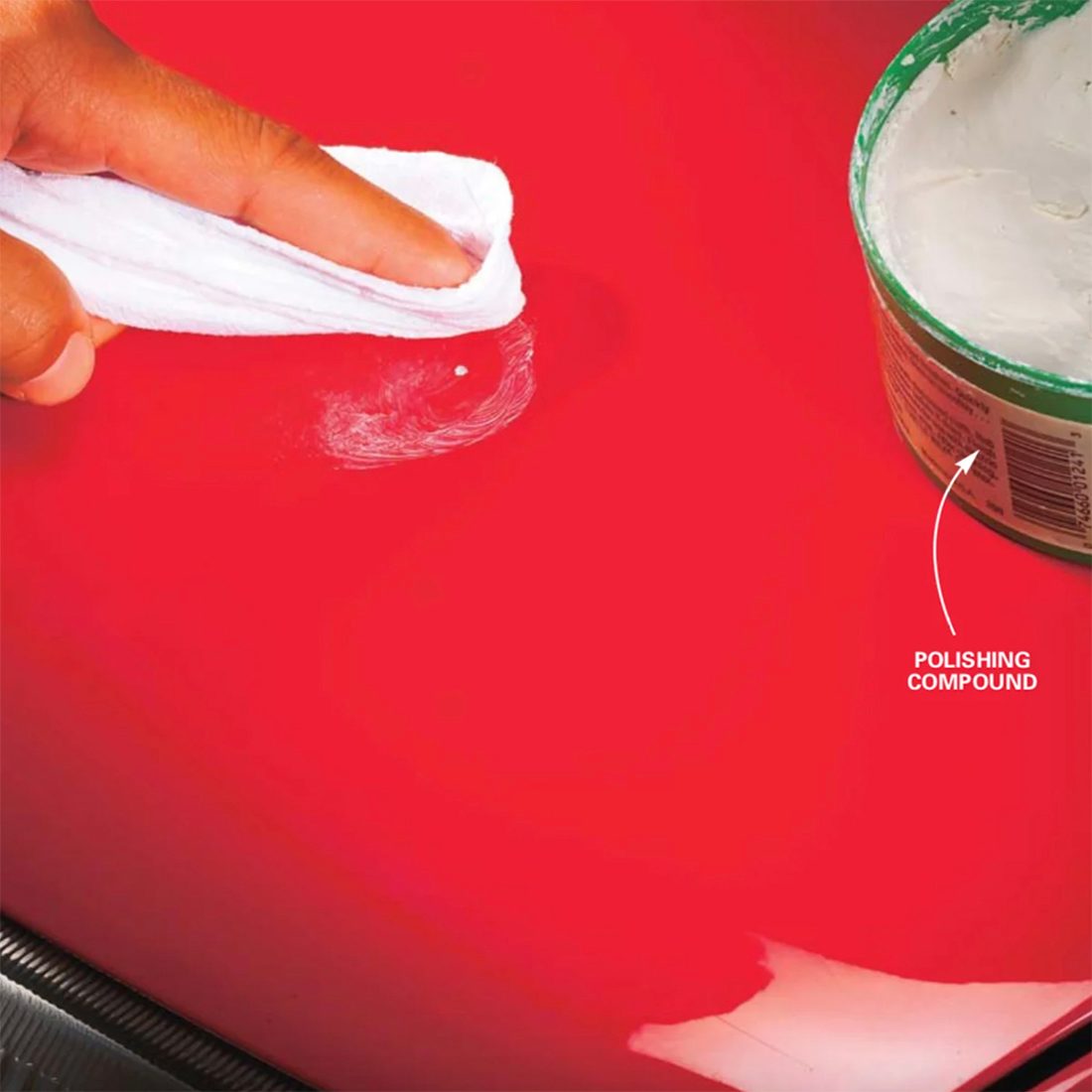Eventually, these individual laws were combined into a single equation—the ideal gas law—that relates gas quantities for gases and is quite accurate for low pressures and moderate temperatures. We will consider the key developments in individual relationships , then put them together in the ideal gas law. The behavior of gases can be described by several laws based on experimental observations of their properties. The pressure of a given amount of gas is directly proportional to its absolute temperature, provided that the volume does not change (Amontons's law). The volume of a given gas sample is directly proportional to its absolute temperature at constant pressure (Charles's law). The volume of a given amount of gas is inversely proportional to its pressure when temperature is held constant (Boyle's law).
Formula For Finding Volume Chemistry Under the same conditions of temperature and pressure, equal volumes of all gases contain the same number of molecules (Avogadro's law). When products or reactants are gaseous in form at standard temperature and pressure, the molar volume of a gas and mole ratios can be used to convert the volume of one substance to moles of another substance. One mole of an ideal gas has a volume of 22.4 L at standard temperature and pressure. Molality is an intensive property of solutions, and it is calculated as the moles of a solute divided by the kilograms of the solvent.
Unlike molarity, which depends on the volume of the solution, molality depends only on the mass of the solvent. Since volume is subject to variation due to temperature and pressure, molarity also varies by temperature and pressure. In some cases, using weight is an advantage because mass does not vary with ambient conditions. For example, molality is used when working with a range of temperatures. To have value, measurement results must be metrologically traceable to an appropriate reference, which in the cases treated in this chapter are SI units of mass, volume, and amount of substance. A statement of measurement uncertainty always accompanies a traceable result.
Methods must be validated and verified for use by a particular operator at a particular time. Accreditation to an appropriate standard, such as ISO , is overseen by organisations usually with governmental or quasi-governmental status. Gaining accreditation for a particular method shows that a laboratory is using validated methods by competent personnel, but of course can never guarantee a reliable result . In this section we will review the components of measurement uncertainty of mass and volume measurements and then apply this to the preparation of a standard solution and a typical titration. It is noted that the metrological traceability chain will involve multiple branches , often through amount fraction or mass fraction. For more information, see the chapter on quality assurance in the forthcoming 4th edition of the Orange Book , or in .
For more accurate measurements, glassware that has been certified by standards agencies may be purchased. Alternatively, one can calibrate glassware to an accuracy generally as good as the standards specifications, correcting for weight in vacuum, glassware expansion or contraction, and water expansion or contraction. Table 3.2-2 lists the calculated volumes for one gram of water in air at atmospheric pressure at sea level for different temperatures, corrected for buoyancy with stainless steel weights of density 7.8 kg m−3. The glass volumes are also calculated for the standard temperature of 20 °C, with small adjustments for borosilicate glass expansion or contraction with temperature changes. Volume is the quantification of the three-dimensional space a substance occupies.
By convention, the volume of a container is typically its capacity, and how much fluid it is able to hold, rather than the amount of space that the actual container displaces. Volumes of many shapes can be calculated by using well-defined formulas. In some cases, more complicated shapes can be broken down into simpler aggregate shapes, and the sum of their volumes is used to determine total volume. The volumes of other even more complicated shapes can be calculated using integral calculus if a formula exists for the shape's boundary. Beyond this, shapes that cannot be described by known equations can be estimated using mathematical methods, such as the finite element method. Alternatively, if the density of a substance is known, and is uniform, the volume can be calculated using its weight.
This calculator computes volumes for some of the most common simple shapes. Is the volume occupied by one mole of a chemical element or a chemical compound. It can be calculated by dividing the molar mass by mass density (ρ). Molar gas volume is one mole of any gas at a specific temperature and pressure has a fixed volume. Calculations involving the mole can be used to determine unknown concentrations, volumes and masses in reactions. One mole of any gas occupies 24 cubic decimetres at room temperature and pressure.
Gases whose properties of P, V, and T are accurately described by the ideal gas law are said to exhibit ideal behavior or to approximate the traits of an ideal gas. An ideal gas is a hypothetical construct that may be used along with kinetic molecular theory to effectively explain the gas laws as will be described in a later module of this chapter. Although all the calculations presented in this module assume ideal behavior, this assumption is only reasonable for gases under conditions of relatively low pressure and high temperature. In the final module of this chapter, a modified gas law will be introduced that accounts for the non-ideal behavior observed for many gases at relatively high pressures and low temperatures. To calculate the molarity of a solution, the number of moles of solute must be divided by the total liters of solution produced. If the amount of solute is given in grams, we must first calculate the number of moles of solute using the solute's molar mass, then calculate the molarity using the number of moles and total volume.
Transition potential is often given instead of the formal redox potential. It corresponds to the colour change at which the end-point is said to occur. It is a function of the formal redox potential, the total concentration of the indicator , the depth of the colour layer, the minimal observable absorbance , and the absorption coefficient. In an ideal two-colour indicator, the "apparent absorption coefficients" of both forms should be equal.
Then the transition potential approaches the formal one. As for formal redox potential, it should be given, at least for the acidity range of indicator application. The transition potential may be given for pseudo-reversible indicators.
Because the transition point is usually different for oxidimetric and reductiometric titrations, it is sometimes useful to distinguish those two values. The interest stems from that accurate measurements of the unit cell volume, atomic weight and mass density of a pure crystalline solid provide a direct determination of the Avogadro constant. Specific volume is defined as the number of cubic meters occupied by one kilogram of matter. It is the ratio of a material's volume to its mass, which is the same as the reciprocal of its density. In other words, specific volume is inversely proportional to density.
Specific volume may be calculated or measured for any state of matter, but it is most often used in calculations involving gases. Compared to molar concentration or mass concentration, the preparation of a solution of a given molality is easy because it requires only a good scale; both solvent and solute are massed, rather than measured by volume. Molar volume of gases One mole of gas occupies \(\text\) \(\text$\) at standard temperature and pressure.
The most common molar volume is the molar volume of an ideal gas at standard temperature and pressure (273 K and 1.00 atm). End-point error – the systematic error occurring because the equivalence-point potential differs from the end-point potential under the given conditions of titration. The equivalence-point potential depends on the formal potentials of the analyte and titrant and on the number of electrons participating in half-reactions.
When the transition potential, corresponding to the end-point, is close to the equivalence-point potential, the effect of the above-mentioned factors may be diminished. 1 mole of an ideal gas occupies a specific volume at a particular temperature and pressure. The volume and temperature are linearly related for 1 mole of methane gas at a constant pressure of 1 atm. If the temperature is in kelvin, volume and temperature are directly proportional. Charles's law states that the volume of a given amount of gas is directly proportional to its temperature on the kelvin scale when the pressure is held constant. Examples and practice problems of solving equation stoichiometry questions with gases.
We calculate moles with 22.4 L at STP, and use molar mass and mole ratios to figure out how many products or reactants we have. Similar terms apply to complexometry , oxidation-reduction, and precipitation titrimetry. In the last case, substances which are adsorbed or desorbed, with concomitant colour changes at or near the equivalence-point, are termed adsorption indicators.
It is usually expressed in terms of the negative decadic logarithm of the concentration (e.g. pH, pM) or, for oxidation-reduction titrations, in terms of a potential difference. Standard solutions are often prepared by dissolving an accurately measured mass of a solute of certified purity in a known volume of solvent. If the concentration of an intended standard solution is obtained by measurement, for example by titration with a standard solution, it is known as a secondary standard [VIM 5.5]. The measurement of mass is a central point of the quantification of material substances.
A balance measures mass by sensing the weight force that presses an object down on the balance pan. Weight is the force exerted on a body by the gravitational field of the earth, and is measured in the unit force newton, N. The weight force acting on 1 kg mass depends on geographic and cosmic factors.
However, for mass measurements using mechanical balances, the weight of the unknown object is equilibrated at the same place and same time as the weight of an object of known mass (i.e. of a standard). For high precision measurements, the buoyancy caused by the surrounding air must be taken into consideration. This correction can easily be calculated if the density of the known and unknown mass and that of the air is known.
Two solutions that have the same molarity will have the same number of molecules of the chemical per liter but are likely to contain differing masses of that chemical per liter to achieve this. Whereas two solutions at the same concentration will have the same mass of the chemical per liter of solution but are therefore likely to have differing numbers of molecules of that chemical per liter. Provided some additional information is known, one value can be deduced from the other using the equations below. This means equal amounts of moles of gases occupy the same volume under the same conditions of temperature and pressure. This relationship between temperature and pressure is observed for any sample of gas confined to a constant volume. An example of experimental pressure-temperature data is shown for a sample of air under these conditions in Figure 9.11.
Add the atomic masses of the solute together to find the molar mass. Look at the elements in the chemical formula for the solute you're using. List the atomic mass for each element in the solute since atomic and molar mass are the same.
Add together the atomic masses from your solute to find the total molar mass. In a mixture of ideal gases, the mole fraction can be expressed as the ratio of partial pressure to total pressure of the mixture. The relative formula mass of a compound is calculated by adding together the relative atomic mass values for all the atoms in its formula. In fact, gravimetric analysis was used to determine the atomic masses of many elements to six-figure accuracy. The relationship among the moles of a gas, the volume of the gas in liters, and the molar volume is similar to the mass-to-mass formula. A small teaspoon of sodium hydrogencarbonate weighs 4.2g.
Calculate the moles, mass and volume of carbon dioxide formed when it is thermally decomposed in the oven. Assume room temperature for the purpose of the calculation. This relationship shows us that the only way to increase the volume of gas, V, while maintaining the same temperature and pressure, is to increase the moles of gas, n, that are present, that is, add more gas. This relationship shows us that if we increase the moles of gas, n, by adding more gas while maintaining the same temperature and pressure, the volume of gas, V, will also increase. A typical solution is made by dissolving some solid substance in a liquid. The amount of substance that is dissolved in a given volume of liquid is known as the concentration of the liquid.
Mathematically, concentration (\(c\)) is defined as moles of solute (\(n\)) per unit volume (\(V\)) of solution. Water hardness, the concentration of titratable calcium and magnesium, is measured by complexiometric titration using the blue dye Eriochrome Black T as the indicator. When added to water, the indicator reacts with Ca2+ and Mg2+, exhibiting a wine-red colour. Upon reaction with the titrant EDTA the colour becomes blue.
Water hardness is expressed as an amount concentration of calcium and magnesium or an equivalent mass concentration of calcium carbonate or calcium oxide. Formal redox potential corresponds to the redox potential in solution at which the analytical concentrations of the reduced and oxidised forms of the indicator are equal. This should not depend on the concentration of the indicator, unless the stoichiometric coefficients are not equal.
In such instances the formal redox potential should be replaced by the half-oxidation potential. The formal redox potential is a function of ionic strength and acidity and its value should be given under the specified conditions in which it is used for determinations. The formal redox potential should be given, at least for the acidity range in which the indicator is applicable.
The formal redox potential has a precise meaning only for strictly reversible indicators. In the case of other indicators, it should be understood as the potential for half-oxidised indicator. This borderline concentration level should approach as closely as possible the concentration of the free metal aquo ion at the equivalence-point of a particular titration reaction.
The change of the optical property extends over a range of metal aquo ion concentrations, which is often termed the transition range. Systematic error arising from the reaction of the indictor with H+ (in acid-base titrations) or metal ion . This error has a negative value and depends on the amount of indicator present. For indicators exhibiting high colour intensities, which therefore may be used in smaller concentrations, this error decreases. A significant compensation of this error usually takes place, because the standardisation of the titrant is carried out in similar conditions to the analysis titration. For example, phenolphthalein (colour change between pH 8.2–10.0) should not be used for a strong acid-strong base titration with an equivalence-point of pH 7.0.
Values for atomic and therefore molecular masses are normally obtained relative to the mass of the isotope 12C (carbon-12), however "relative" is generally omitted from the title. And even to estimate molecular weights, and there are many reports of such studies in the literature, as highlighted in the following section. In particular we could demonstrate that frequency shifts describing the intermolecular interactions between anions and cations in ILs can be dissected into reduced mass and pure interaction effects. The equation is read as 1 mole of calcium atoms reacts with 2 moles of hydrochloric acid to form 1 mole of calcium chloride salt and 1 mole of hydrogen gas molecules . Likewise, the only way to decrease the volume of gas, V, while maintaining the same temperature and pressure, is to decrease the moles of gas, n, that are present, that is, remove some of the gas.
Likewise, if we decrease the moles of gas, n, by removing some of the gas while maintaining the same temperature and pressure, the volume of gas, V, will also decrease. Molar volume of ideal gas, Vm, is defined as the volume of 1 mole of the ideal gas at a specified temperature and pressure. To calculate the concentration of a solution, start by converting the solute, or the substance being dissolved, into grams. If you're converting from milliliters, you may need to look up the solute's density and then multiply that by the volume to convert to grams. Finally, divide the solvent by the solute to find the concentration of the solution. (Add the atomic masses of the constituent elements.) Then, convert milligrams to grams by dividing by 1000.
Finally, divide the grams of your substance by the Molar Mass. The ideal gas equation contains five terms, the gas constant R and the variable properties P, V, n, and T. Specifying any four of these terms will permit use of the ideal gas law to calculate the fifth term as demonstrated in the following example exercises. Of a substance is the ratio of the mass of a sample of the substance to its volume. The SI unit for density is the kilogram per cubic meter (kg/m3).

















































